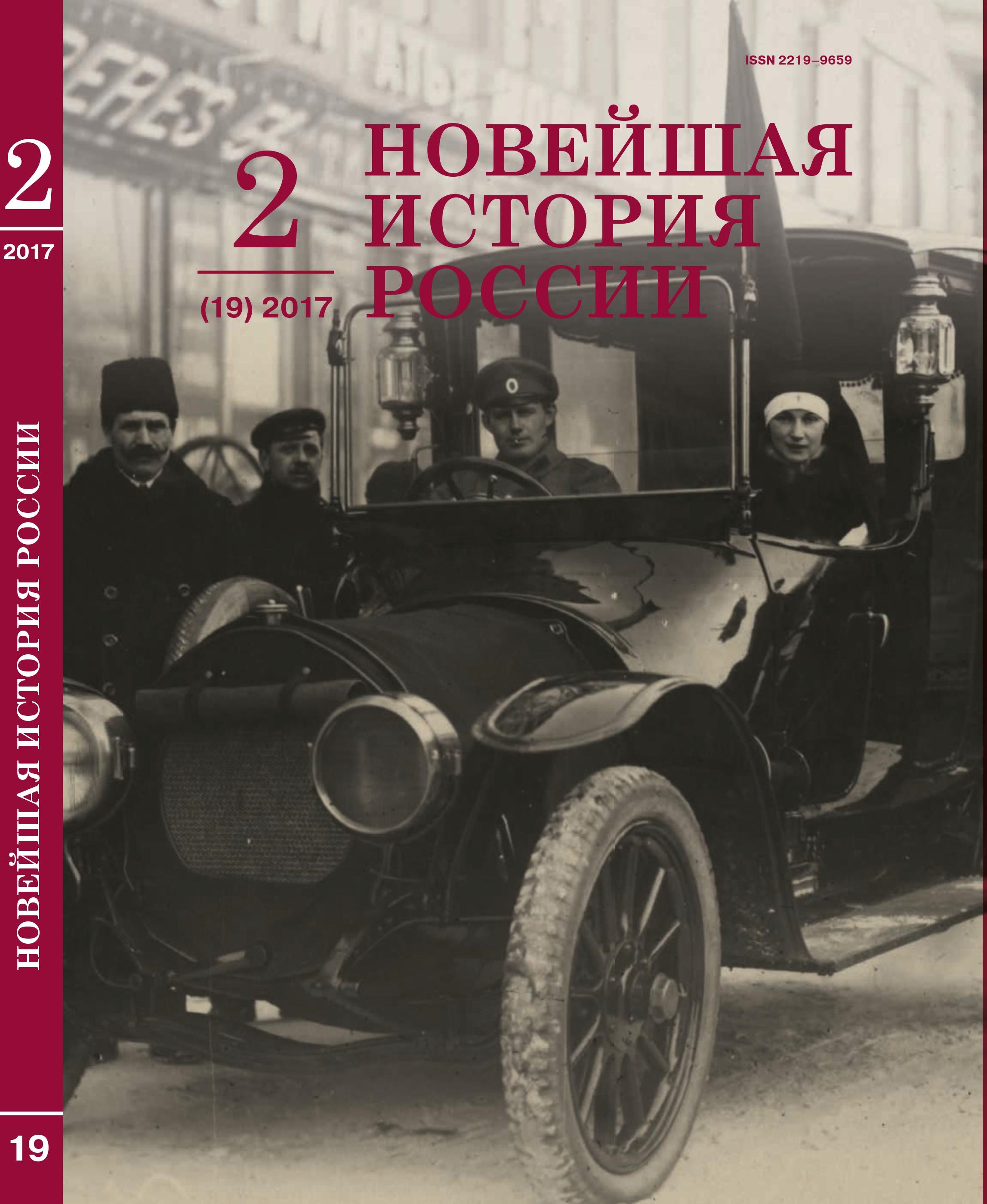«Что такое хорошо и что такое плохо»: эволюция нормативных поведенческих моделей младших школьников на страницах букварей середины 1940-х — 1960-х гг.
“What is good and what is bad”: The evolution of the Pupils’ Behavioral Norms on the Pages of Primers in the mid-1940s — 1960s
Author(s): M. A. KlinovaSubject(s): History, Social history, Recent History (1900 till today), WW II and following years (1940 - 1949), Post-War period (1950 - 1989)
Published by: Издательство Исторического факультета СПбГУ
Keywords: primer; normative behavioral model; pupils; Soviet Union; everyday life;
Summary/Abstract: The article analyses the texts and visual images, placed on pages of the Soviet Primers mid 1940s — 1960s aimed at identifying the dynamics of the broadcast edition of the behavioral samples due to be presented to first-graders. Unchanged — normative behavioral patterns of younger students was work and collectivism. Sufficient stability are elements of a behavioral model relating to the attitude of the Soviet student. Is the idea of saving and careful handling of the things, form the skills of independent manufacture and fix things. At the same time, certain components of the normative model has been changed. The obvious transformation of the recorded field of culture and communication. The urban distribution of living standards has caused some “softening of manners” (at least at the level of reference, exemplary practices, presented to first-graders). Within the period of the 1950s and 1960s, recorded a decrease of normative level of responsibility of the first graders for economic support and food for the family, as well as reducing the standard level of independence of younger school students, with increased involvement of children in public employment practices. Certain adjustments are recorded in the regulatory relationship of the child to the benefits provided by the state. The idea of “gratitude” Homeland, broadcast in the 1940s, disappears from the pages of the Primers of the second half of the 1960s In General, texts and visual images contained in the pages of the publication, sufficiently illustrate the contradictory social trends that result from modernization in the Soviet Union of the 1950s and 1960s.
Journal: Новейшая история России
- Issue Year: 7/2017
- Issue No: 19
- Page Range: 162-175
- Page Count: 14
- Language: Russian

